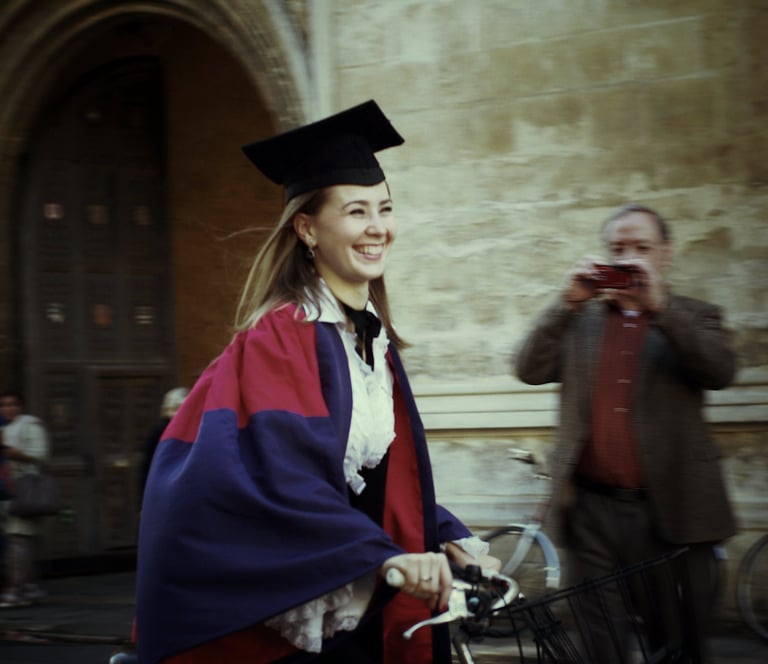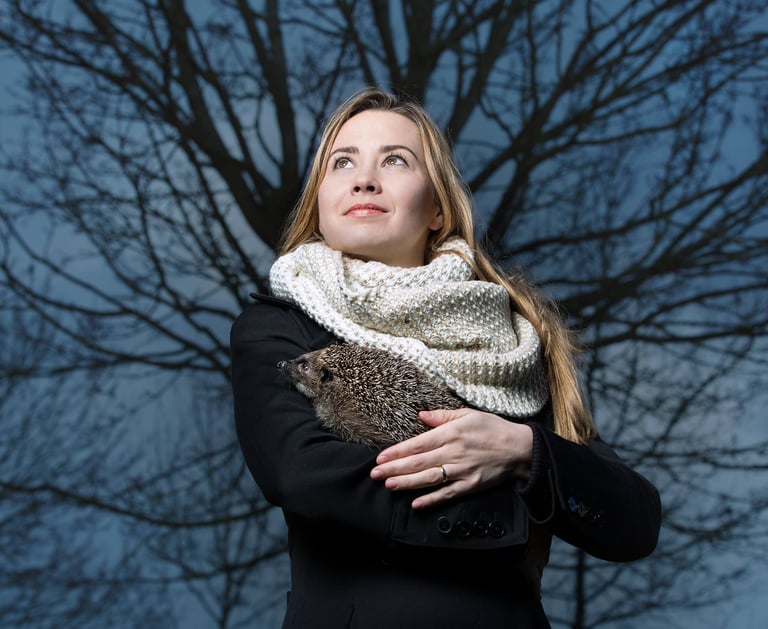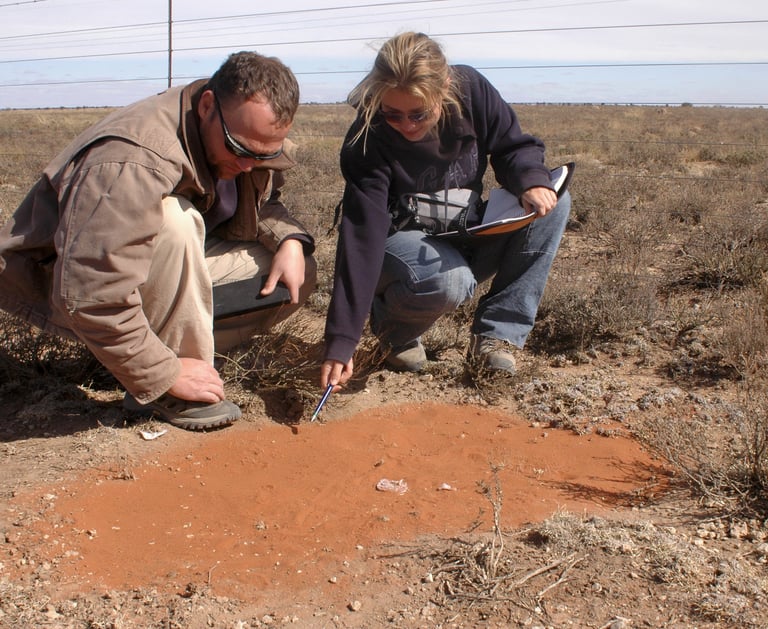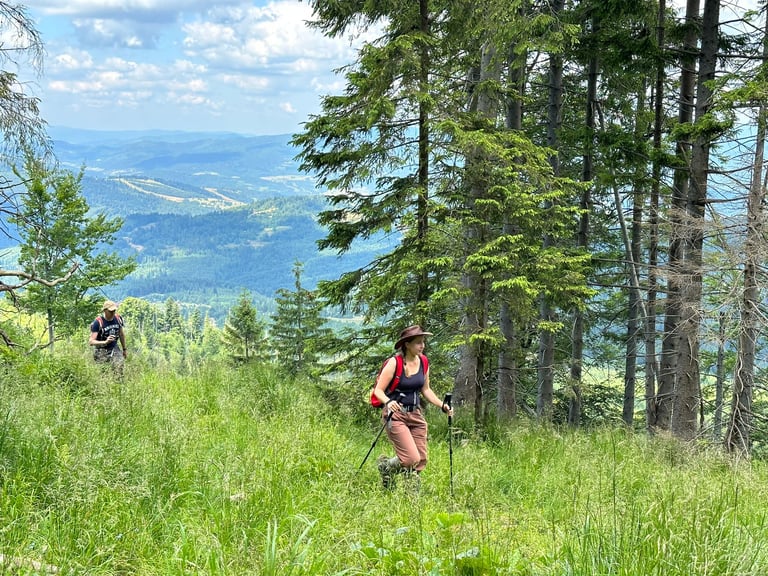I’m a zoologist with a background in behavioural ecology and wildlife conservation. I split my time between academia and science communication.
In my role as Departmental Lecturer at Oxford University’s Department for Continuing Education, I am Course Co-Director for the Postgraduate Certificate in Ecological Survey Techniques. I am also a lecturer at Oxford University's Graduate School, and a fellow at Kellogg College, Oxford.
Previously, I have lectured at the Brunel University of London, University of Reading, and Nottingham Trent University.


University of Reading, UK
Postgraduate Certificate in Academic Practice
University of Oxford, UK
DPhil in Zoology
MSc in Biology (Integrative Bioscience)
Constructor University, Germany
BSc in Biology
Rice University, USA
Semester abroad


Education
Research
Urban ecology
Since 2017, I have been on the committee of the Oxfordshire Mammal Group, a local chapter of The Mammal Society; we organise seminars, surveys, and monitor local wildlife. I am a certified tracker (Track and Sign I from Cybertracker), and a qualified hedgehog first aider.
An example of research done with my students can be found here:
Stanley, C., Bagniewska, J. M., Grabowska-Zhang, A., & Hesselberg, T. (2023). Wooded streets, but not streetlight dimming, favour bat activity in a temperate urban setting. Journal of Urban Ecology, 9(1), juad011.


My interest encompass ecology, wildlife conservation, urban biodiversity and citizen science.
Biotelemetry and semi-aquatic animals
My doctoral thesis, completed at Oxford University’s Wildlife Conservation Research Unit, focused on using miniaturised Time-Depth Recorders for analysing the diving behaviour of American mink. It is described in the publications below:
Bagniewska J. M., Harrington, L. A., Hart, T., Harrington A. L., Fasola L. & Macdonald, D. W. (2015) Persistence in diving American mink. Animal Biotelemetry, 3(18), doi: 10.1186/s40317-015-0057-4
Macdonald, D. W., Harrington, L. A., Yamaguchi, N., Thom, M. D. F. & Bagniewska, J. M. (2015) Biology, ecology, and reproduction of American mink Neovison vison on lowland farmland. in Wildlife Conservation on Farmland Volume 2: Conflict in the Countryside, eds. Macdonald, D. W. & Feber, R. E. Oxford University Press, USA.
Bagniewska J. M., Hart, T., Harrington, L. A., & Macdonald, D. W. (2013) Hidden Markov analysis describes dive patterns in semi-aquatic animals. Behavioral Ecology, 24 (3), 659-667.
This research was funded by the Crescendum Est-Polonia Foundation, and People’s Trust for Endangered Species.


Scent-station research
For my MSc, I evaluated scent-stations for monitoring relative densities of canids (black-backed jackals, bat-eared foxes and cape foxes), at sites in Northern Cape and Free State provinces in South Africa. The research was part of a bigger project on the ecology and interaction of canid species, ran by Dr Jan Kamler. More information on making scent-stations and identifying canid tracks can be found here:
Bagniewska, J. M., & Kamler , J. F. (2007) Scent-station surveys: instruction manual. Wildlife Conservation Research Unit, University of Oxford, United Kingdom.
Bagniewska, J. M., & Kamler, J. F. (2013) Do black-backed jackals suppress numbers of smaller carnivores and prey?. African Journal of Ecology. doi: 10.1111/aje.12125.
This research was funded by the BBSRC, the John Ray Trust, Zoological Society of London, and St Anne’s College, Oxford.
Our methodology has been included in Practical Field Ecology: A Project Guide, by C. Philip Wheater, James R. Bell, Penny A. Cook (2011) Wiley-Blackwell. ISBN: 978-0-470-69429-9


Teaching
My teaching experience ranges from one-on-one tutorials to classes of 300+. Lectures, workshops, seminars, field courses; you name it – I’ve done it.
My pedagogical portfolio also encompasses curriculum design, strategic planning, working with teachers, coaching and mentoring.
I currently hold the following teaching-related roles:
Lecturer at Oxford University’s Graduate School
Honorary Senior Lecturer in Environmental Sciences (Education) at Brunel University of London.
External examiner at the University of Surrey
Committee member of the British Ecological Society’s Teaching and Learning Special Interest Group


Some teaching-related resources I published include:
PIs PIs baby! Stop, collaborate and listen: improving students’ communication skills through an interdisciplinary engineering-zoology project – a blog on team-based learning for the BES T&L SIG.
Cooke, J., Araya, Y., Bacon, K.L., Bagniewska, J.M., Batty, L.C., Bishop, T.R., Burns, M., Charalambous, M., Daversa, D.R., Dougherty, L.R. and Dyson, M., 2021. Teaching and learning in ecology: a horizon scan of emerging challenges and solutions. Oikos, 130(1), pp.15-28.


